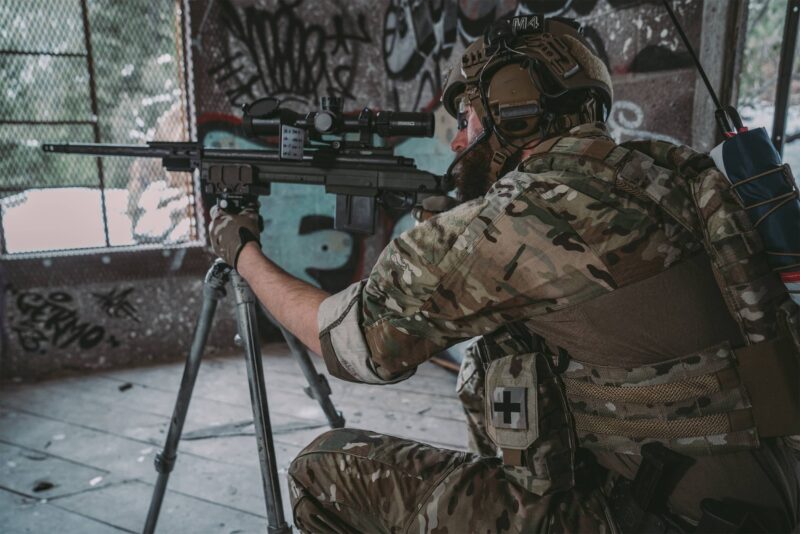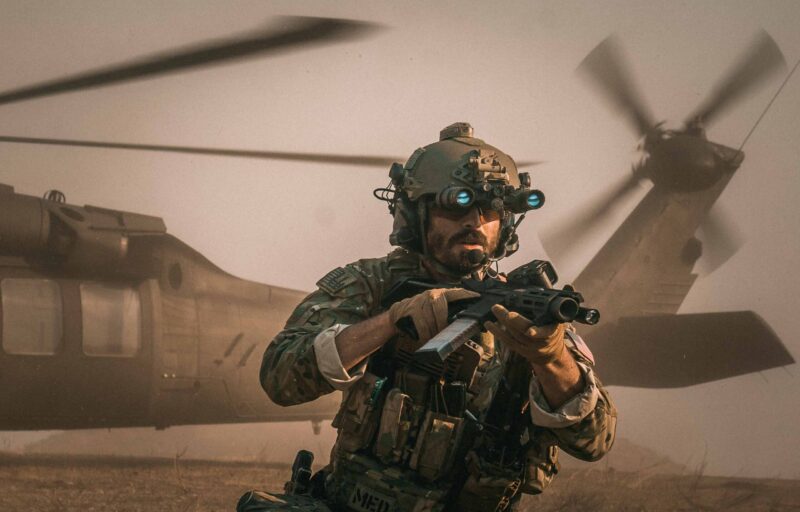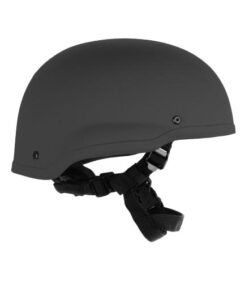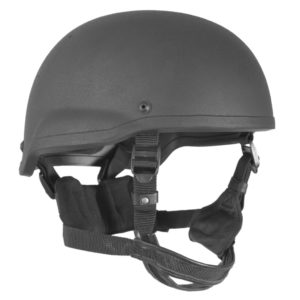Why Police and SWAT Teams Use Ballistic Helmets

Safety and preparedness cannot be compromised in police service and tactical missions. With crime becoming more sophisticated and perilous, police officers and specialized troops such as SWAT (Special Weapons and Tactics) teams are increasingly exposed to explosive situations. The ballistic helmet is a type of protective equipment that has become standard in high-risk operations. These helmets protect the heads of vulnerable officers from serious injuries. They are crucial for the survival and effectiveness of law enforcement officials.
Understanding Ballistic Helmets
A ballistic helmet, also known as a tactical helmet, guards the head against bullets, shrapnel, blunt trauma, and other tactical or battlefield hazards. Traditional helmets (construction or sports helmets) provide shielding against impact or dropped objects. Ballistic helmets take it one step further, using materials that absorb or deflect bullets and shrapnel.
Today’s ballistic helmets are constructed from cutting-edge materials, such as Kevlar, ultra-high-molecular-weight polyethylene (UHMWPE), or aramid fibers, providing a lightweight yet resilient protection system. Most models feature modular attachments for visors, night vision devices, communications equipment, and face shields, making them extremely versatile and functional.
Why Police and SWAT Teams Use Ballistic Helmets
Police and SWAT units depend on ballistic helmets to offer critical protection from weapons, shrapnel, and blunt trauma during high-risk missions. Ballistic helmets enhance the safety of officers by protecting their heads, a vulnerable area, and allowing them to carry tactical and communication equipment. Most importantly, they improve the survivability and efficacy of law enforcement personnel in perilous situations. Here are some more reasons why Police and SWAT teams use ballistic helmets:
1. Ballistic Protection from Firearms and Explosives
Maybe the simplest reason for wearing ballistic helmets is to protect against bullets. However, ballistic helmets are not entirely bulletproof and don’t provide complete protection against all types of bullets, especially from close range. However, they greatly improve the wearer’s chances of survival from headshots by handguns and from shrapnel caused by grenades.
SWAT units frequently find themselves in high-risk operations with armed suspects, hostage rescue operations, and raids where there is a good chance of an exchange of gunfire. In such situations, a ballistic helmet may be the difference between life and death.
2. Blunt Force Trauma Defense
Ballistic helmets are not only for ballistic attacks. Police officers frequently receive blunt force trauma from physical conflicts, automobile accidents, falling objects, or even riot control occurrences. Helmets offer lifesaving protection from these hazards, mitigating concussions and traumatic brain injuries.
3. Fragmentation Protection
Grenades or IEDs create killer shrapnel and flying shrapnel. Even when a bullet does not directly strike officers, the fragmentation of such bombs can be just as fatal. Ballistic helmets are designed to protect against this type of indirect danger, particularly with Level IIIA helmets used by SWAT units.
4. Psychological Advantage and Confidence
Awareness that their heads are safeguarded frees officers to concentrate more intently on the mission. This mental advantage leads to improved decision-making under stress, greater confidence, and less hesitation in life-or-death situations. A well-protected officer is a more effective one.
5. Tactical Equipment Support

Several ballistic helmets also feature modular rail systems and mounting configurations that accommodate the attachment of other equipment, such as:
- Night Vision Goggles (NVGs)
- Communication headsets
- Face shields and visors
- Cameras or flashlights
These are vital during low-light operations, coordinated tactical operations, or when controlling crowds. The helmet now serves as a platform for essential accessories rather than passive protection.
6. Enhanced Training and Standardization
Police departments are increasingly standardizing tactical equipment across their units, including ballistic helmets, in this movement. This enables all team members to be similarly equipped and trained to respond to comparable situations, promoting improved unit coordination and safety.
Helmet training exercises also acclimate officers to their equipment’s weight, fit, and limitations — an important consideration when decisions must be made in a split second and shots are fired.
Ballistic Helmet Ratings
Ballistic helmets are most often rated by the NIJ (National Institute of Justice) or other testing agencies based on their protection level. The most commonly used standard by police is NIJ Level IIIA. This level of protection stops:
- .357 SIG FMJ Flat Nose bullets (at 1,470 ft/s velocity)
- .44 Magnum SJHP bullets (at 1,400 ft/s velocity)
Although these helmets do not deflect rifle rounds (which need more advanced body armor), they function very well in urban and tactical environments where handguns and explosives are predominant.
Helmet Types Utilized by Police and SWAT

There are a variety of ballistic helmets that are popular with police:
1. PASGT (Personnel Armor System for Ground Troops)
An older model with good coverage and good protection, but heavier and bulkier than newer models.
2. MICH/ACH (Modular Integrated Communications Helmet / Advanced Combat Helmet)
MICH/ACH configuration is common today, compromising coverage and modular support with communications and night vision equipment.
3. High-Cut Helmets
Increasingly popular with SWAT units, high-cut helmets minimize weight and facilitate better integration with tactical headsets and other gear. Although they provide less protection than PASGT or MICH helmets, their mobility and versatility make them well-suited for dynamic city operations.
Why Advanced Threats Require Modern Protection
Law enforcement must adapt as criminals acquire more sophisticated weapons and employ innovative strategies. Automatic weapons, improvised devices, and powerful handguns are now more common outside of military settings. As a result, ballistic protection is no longer just for the military; it has become a necessity for domestic law enforcement, particularly for tactical response units.
Ballistic helmets are also increasingly popular among patrol officers, particularly in large city police departments, where they often encounter active shooter situations. The trend is a natural outgrowth of an increasing awareness of the evolving threats to the modern police force.
Conclusion
Police and SWAT use of ballistic helmets is not a tactical option—it’s a matter of life and death. From deflecting bullets and absorbing blunt force trauma to holding critical mission gear, ballistic helmets serve a multi-purpose function in today’s law enforcement.
With continuous innovations in materials, ergonomics, and modularity, ballistic helmets continue to improve, offering enhanced protection, comfort, and versatility. Every edge matters for those who run towards danger when others run away. Ballistic helmets give that extra edge in the battle to serve and protect.
Frequently Asked Questions
Will a ballistic helmet stop a rifle bullet?
Most normal police helmets (NIJ Level IIIA) are not rated to stop rifle bullets. They are mostly there to protect against handgun fire and shrapnel.
Are ballistic helmets painful to wear for extended periods?
Today’s helmets are comfortable. They feature adjustable padding and suspension systems, are lightweight, and allow for extended wear, particularly by SWAT units, which can be in the field for hours during missions.

